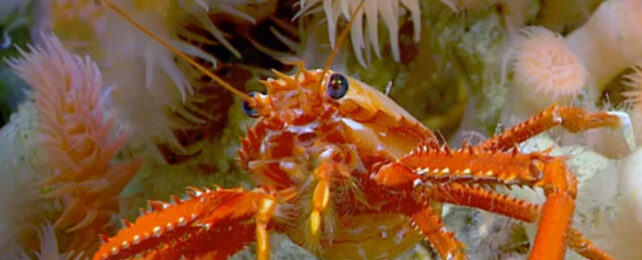Dense thickets of ghostly corals shelter myriads of unfamiliar sea creatures have been found covering a vast area of the deep Atlantic, breaking records to become the largest known deep sea reef.
"It's eye-opening – it's breathtaking in scale," says Scripps Institution of Oceanography marine biologist Stuart Sandin.
We barely have a clue what these hard-to-reach ecosystems hold, with more than 75 percent of the globe's ocean floor yet to be charted in detail. But new technology has just allowed researchers to map one mysterious spot off North America's east coast for the first time.
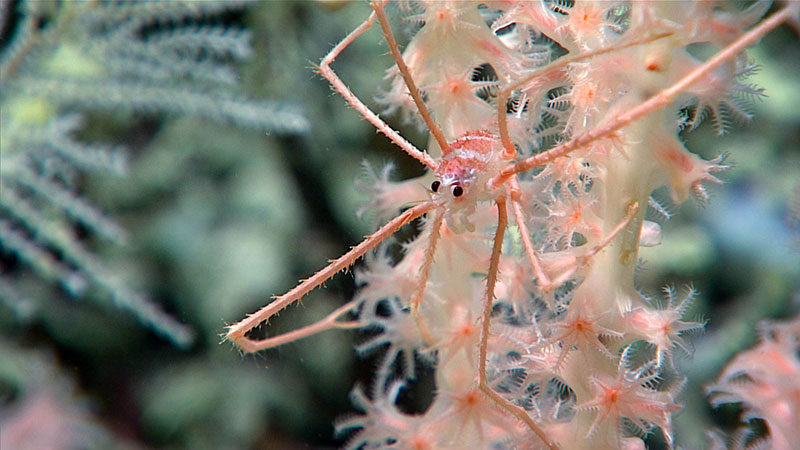
"For years we thought much of the Blake Plateau was sparsely inhabited, soft sediment, but after more than 10 years of systematic mapping and exploration, we have revealed one of the largest deep-sea coral reef habitats found to date anywhere in the world," says NOAA Ocean Exploration operations chief Kasey Cantwell.
A huge effort involving 23 submersible dives and 31 multibeam sonar mapping surveys have detailed a massive reef system in frigid waters between 200 to 1,000 meters (around 650 to 3,300 feet) deep, including identifying an estimated 83,908 individual coral mounds.
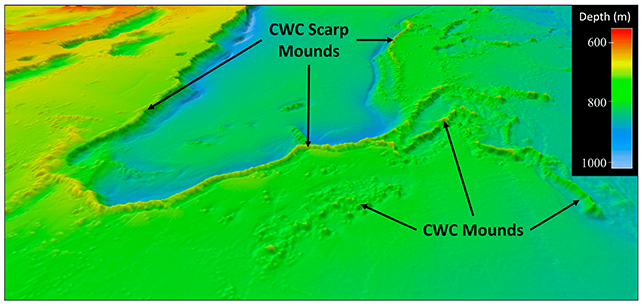
Unlike their colorful, sunlight loving cousins, cold water corals such as Lophelia pertusa don't depend on symbiotic pigment-containing algae, leaving them with a pale white complexion. Feeding on tiny motes of organic matter filtered out of surrounding currents, the corals grow branching scaffolds that provide shelter and protection for a vast array of deep-sea organisms.
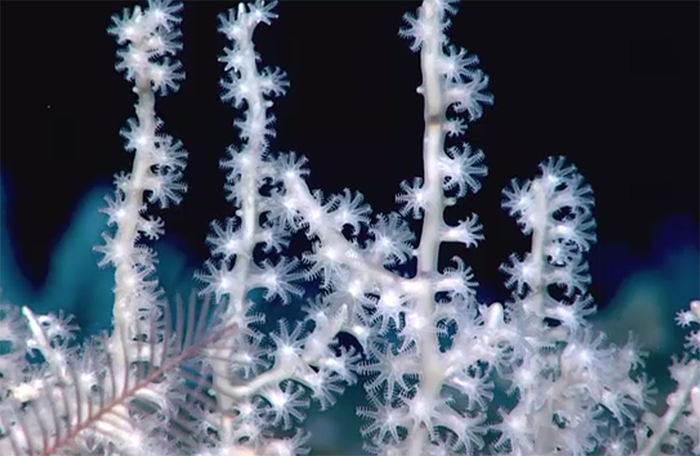
"These cold water coral-based habitats support rich communities of associated invertebrates and fishes in the Blake Plateau region," University of New Hampshire oceanographer Derek Sowers and colleagues write in their paper.
The densest and most extensive clusters of coral aligned with the comparitively warm Florida Current and Gulf Stream, providing clear evidence these currents are vital for delivering nutrients to what otherwise would be a sparsely populated landscape, Sowers and team explain.
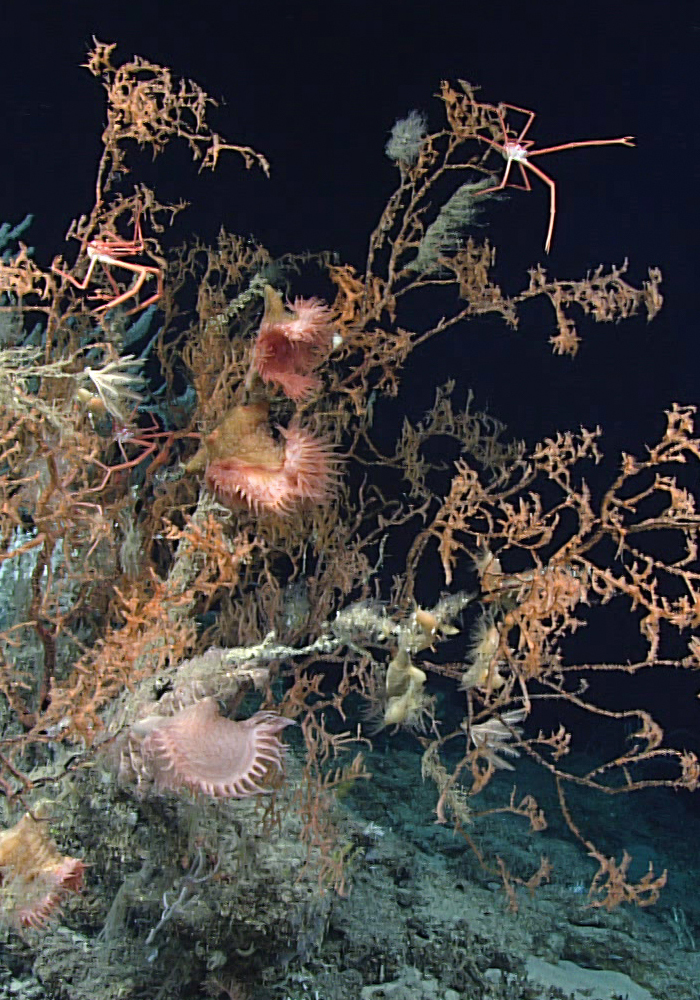
While the reef's existence has been known since the 1960s, its staggering size has come as a surprise. At 6,215 square kilometers (1.5 million acres) it's nearly three times the size of Yellowstone national park.
"We didn't know how extensive this habitat was, nor how many of these coral mounds were connected," says Cantwell. "This discovery highlights the importance of exploring our deepwater backyard."
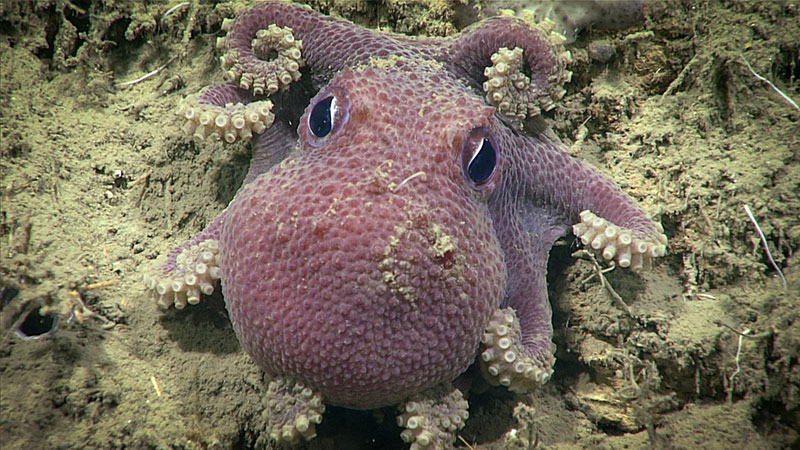
Deep-sea reefs are thought to cover more of the ocean floor than tropical reefs. Given the Great Barrier Reef alone stretches for 348,700 square kilometeres, there must be many more of these cold water coral forests out there.
Both kinds of reef ecosystems are vulnerable to climate change, trawling and mining – a huge concern in light of Norway's recent decision to become the first country to approve deep sea mining.
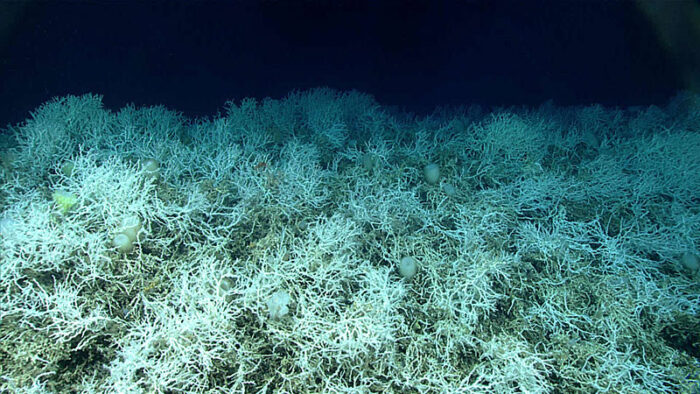
In one area researchers found a narrow, near-continuous, 400 kilometer-long stretch of primarily dead coral. Rubble from L. pertusa is what forms the mounds in this region.
"To be able to understand that ecosystem is really the first step in being able to properly manage human uses of the ocean that interact with that ecosystem," says Sowers.
The research was published in Geomatics.
